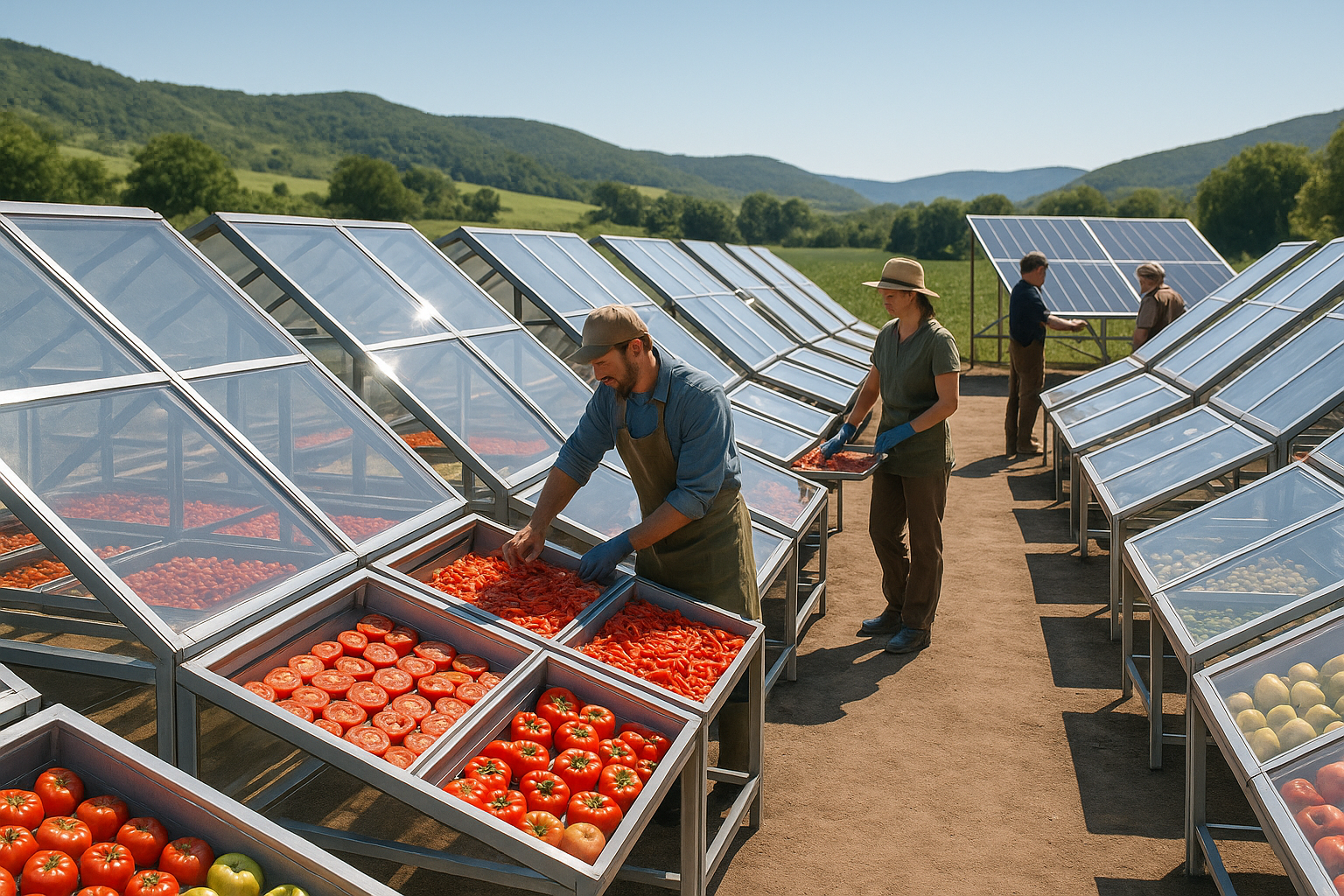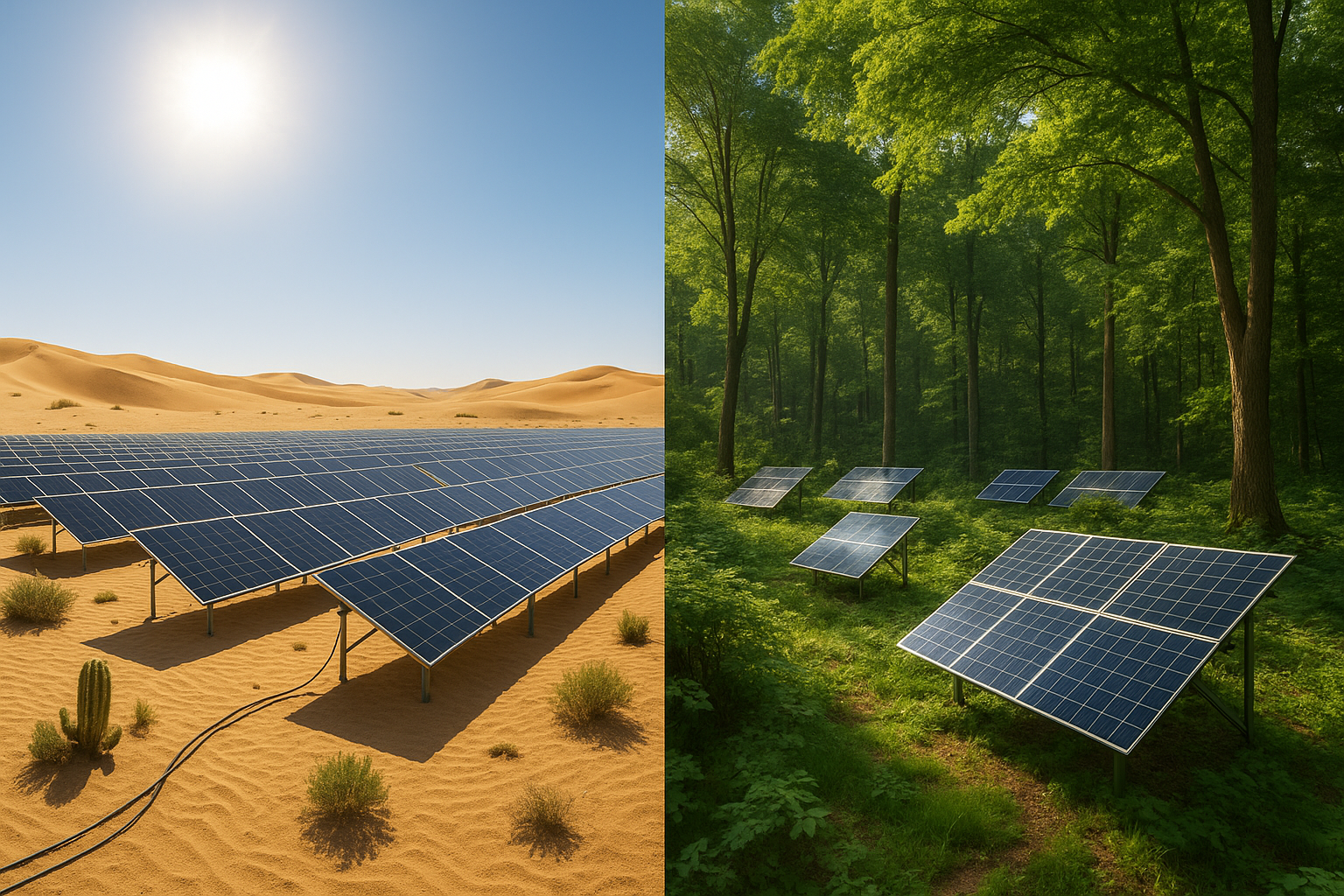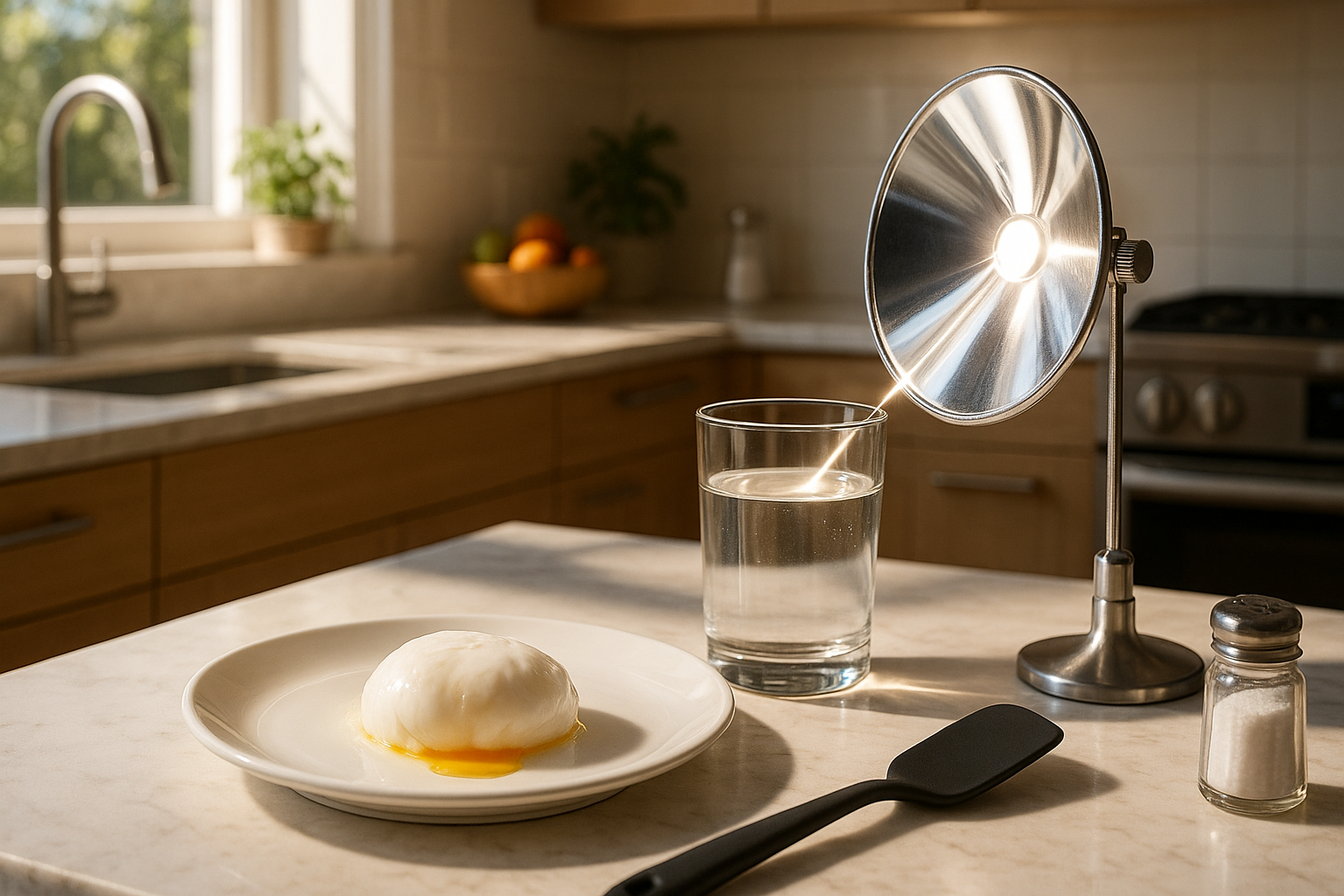In a world increasingly conscious of environmental impact and resource conservation, the way we preserve our food is undergoing a transformation. Solar dehydration, an age-old technique revitalized with modern technology, is emerging as a beacon of sustainability. 🌞 Imagine harnessing the abundant energy of the sun to dry fruits, vegetables, and herbs, reducing waste and retaining nutritional value without the need for artificial preservatives or energy-intensive methods. This is not just a vision for the future but a practical solution already making waves across various sectors, from local farming communities to large-scale food production.
Solar dehydration offers a compelling alternative to traditional food preservation methods. It relies on the simple yet powerful principle of using the sun’s energy to remove moisture from food, thereby extending its shelf life. This process not only conserves energy but also maintains the nutritional integrity of food, making it a win-win for health-conscious consumers and environmentally aware producers alike.
The resurgence of interest in solar dehydration is driven by a confluence of factors. As climate change becomes an ever-pressing concern, the need for sustainable practices in agriculture and food production has never been more urgent. The use of fossil fuels and electricity in conventional dehydration and preservation methods contributes significantly to greenhouse gas emissions. In contrast, solar dehydration minimizes this carbon footprint, positioning it as an eco-friendly alternative. Moreover, the rising costs of energy make solar-powered solutions economically attractive, especially in regions with abundant sunlight.
In this article, we will explore the multifaceted benefits of solar dehydration techniques and how they contribute to sustainable food preservation. We’ll delve into the historical roots of solar drying, tracing its evolution from ancient practices to modern innovations. Understanding the science behind solar dehydration will be key, as we examine how factors such as temperature, humidity, and air circulation impact the drying process and the quality of the preserved food.
Furthermore, we will discuss the practical applications of solar dehydration in different contexts, from small-scale household setups to industrial operations. The versatility of solar dehydration means it can be adapted to diverse environments and requirements, making it accessible to a wide range of users. Whether you’re a farmer looking to reduce post-harvest losses, a small business owner aiming to produce organic dried snacks, or a home gardener interested in preserving your harvest, solar dehydration has something to offer.
We’ll also highlight some innovative solar dehydration technologies and designs that are making headlines. From simple DIY solar dehydrators to sophisticated solar-powered drying systems equipped with sensors and automation, the possibilities are expanding. These technologies not only increase efficiency but also enhance the scalability and profitability of solar drying operations.
The social and economic impacts of adopting solar dehydration techniques are equally significant. By enabling local food processing and value addition, solar dehydration can empower communities, create jobs, and stimulate local economies. This is particularly relevant in rural and developing regions, where access to electricity is limited, and agricultural livelihoods are paramount. Moreover, by reducing dependency on imported processed foods, solar dehydration promotes food sovereignty and resilience.
As we navigate through the challenges and opportunities of implementing solar dehydration, we’ll also address some common misconceptions and potential barriers. From the initial investment costs to the need for technical expertise, understanding these hurdles is crucial for maximizing the benefits of solar dehydration.
In conclusion, solar dehydration stands out as a practical and promising solution for sustainable food preservation. By embracing this technique, we can reduce food waste, lower energy consumption, and promote healthier, more sustainable diets. As we journey through the various aspects of solar dehydration in this article, we invite you to envision a future where the sun not only nourishes our crops but also plays a pivotal role in preserving them. 🌿

Conclusion
As we conclude our exploration of solar dehydration, it’s clear that this eco-friendly preservation method represents a perfect balance between innovation and tradition. Harnessing the power of the sun, solar dehydration extends the shelf life of fruits, vegetables, and herbs while maintaining nutrients and flavor — all without the need for electricity or artificial additives.
The true sustainability of solar dehydration lies in its simplicity and accessibility. 🌿💫 Whether used in rural communities or modern households, it transforms sunlight into a renewable resource for food security, reducing waste and environmental impact. Ultimately, mastering solar dehydration is more than learning a preservation technique — it’s embracing a low-impact, high-reward practice that nourishes both people and the planet.



